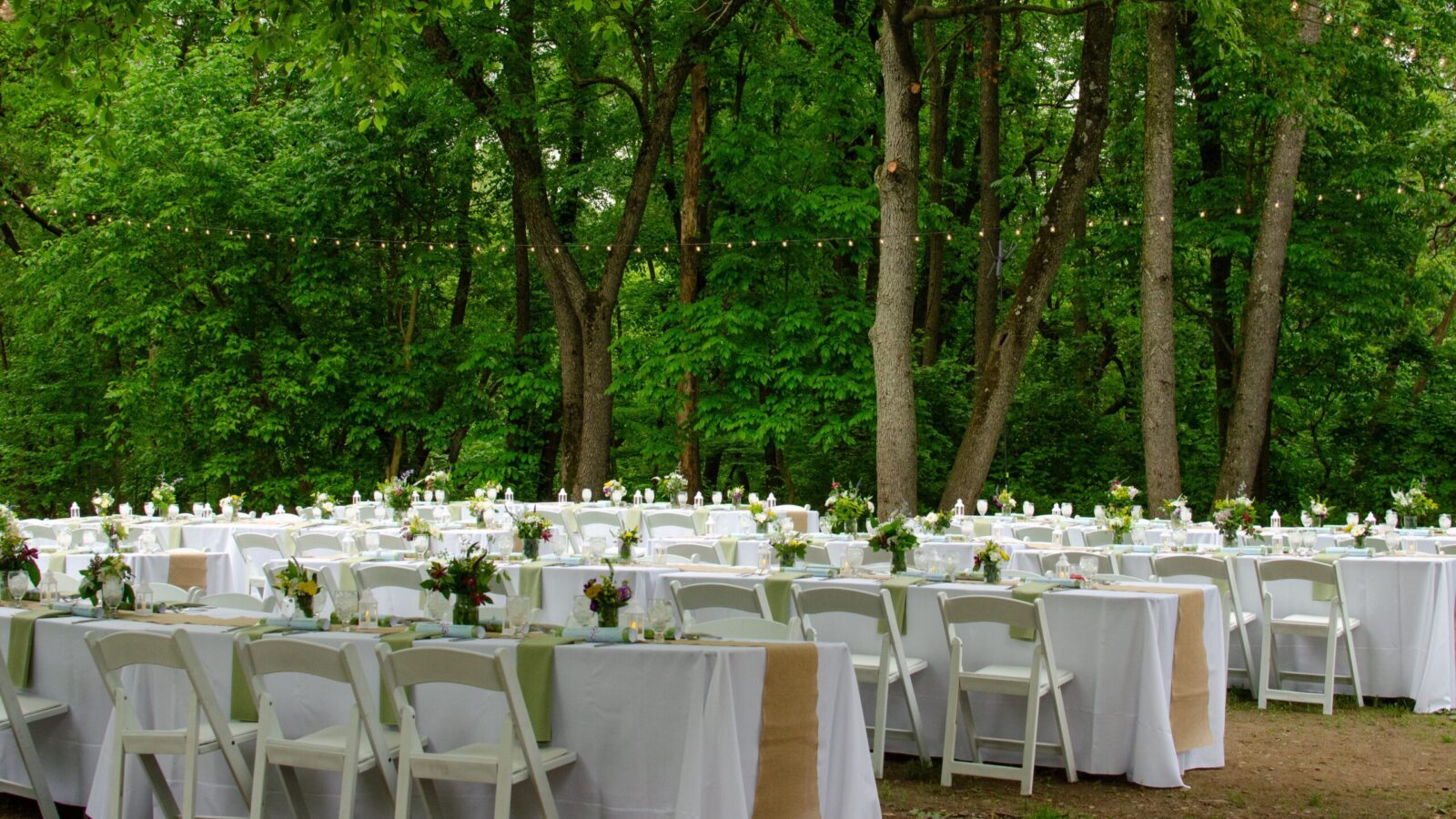By LandLab Resident Artists WE THE WEEDS, Kaitlin Pomerantz and Zya S. Levy
Look up on any summer day and your eyes are bound to come into contact with climbing, clambering vines. Clinging to treetops and fences, tumbling across buildings, these robust and intrepid climbers adventure always upwards, using structures natural and manmade to achieve great heights and lengths.
On the Schuylkill Center premises alone there are dozens of vine varieties. Natives include moonseed, wild yam, grape, green briar, and poison ivy. Even more abundant are the invasives: oriental bittersweet, mile-a-minute, Japanese honeysuckle, porcelain berry, and wisteria. Where did these…
Continue reading →

